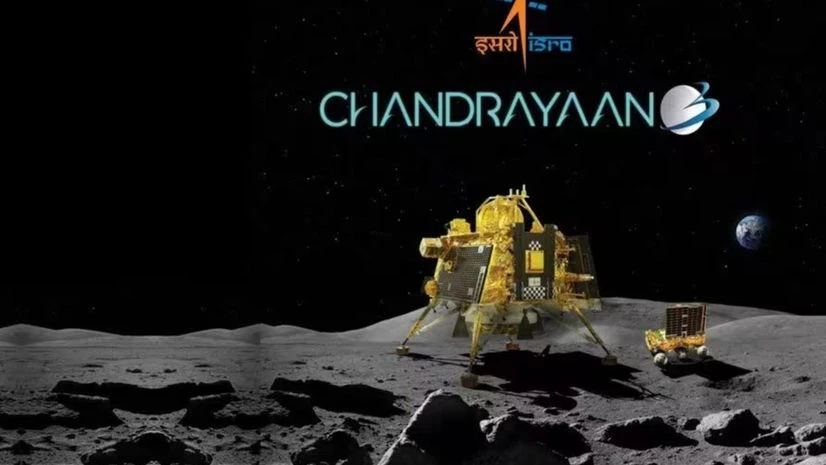Don't want to miss the best from Business Standard?

Chandrayaan 3's soft-landing achieved, the rover module will now embark on its 14-day assignment to carry out the tasks mandated by the ISRO scientists.
Its duties include experiments to further understand the lunar surface.
With 'Vikram' Lander having done its job by ensuring a safe touchdown, the most challenging part of the mission, rover 'Pragyan' which is in the belly of LM is slated to come out to carry out series of experiments on the surface of the Moon later.
According to ISRO, Lander and the Rover have five scientific payloads which have been placed inside the Lander Module (LM).
Rover's Alpha Particle X-Ray Spectrometer (APXS) will be used to derive the chemical composition and infer mineralogical composition to further enhance the understanding of the lunar surface.
Also Read
Laser Induced Breakdown Spectroscope (LIBS) will determine the elemental composition of the lunar soil and rocks around the Moon's landing site.
The deployment of Rover to carry out in-situ scientific experiments would scale new heights in lunar expeditions, ISRO said.
The Mission life of both Lander and Rover is 1 Lunar Day each, which is equal to 14 Earth days.
The Lander Payloads are RAMBHA-LP (Langmuir Probe), to measure the near surface plasma (ions and electrons) density and its changes with time
ChaSTE Chandra's Surface Thermo Physical Experiment will carry out the measurements of thermal properties of lunar surface near polar region.
The Instrument for Lunar Seismic Activity (ILSA) will measure the seismicity around the landing site and delineating the structure of the lunar crust and mantle.
(Only the headline and picture of this report may have been reworked by the Business Standard staff; the rest of the content is auto-generated from a syndicated feed.)

)
